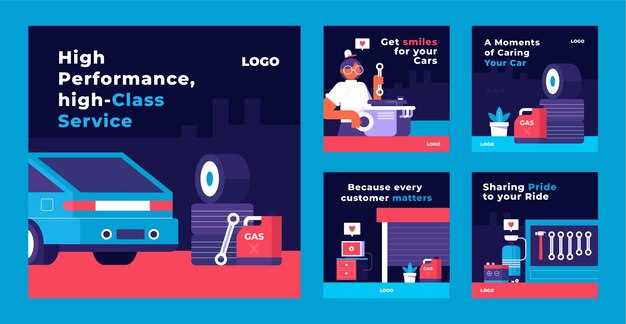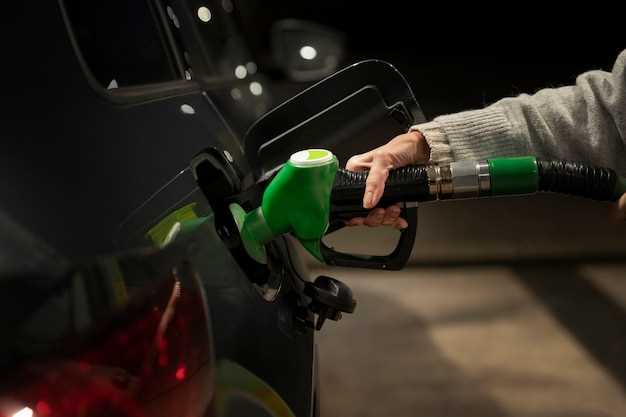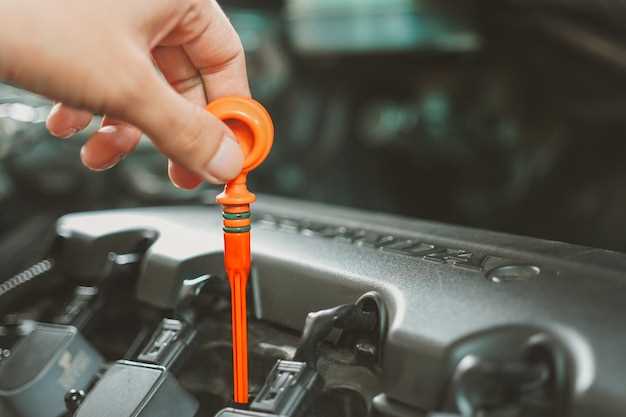

Your vehicle’s fuel system plays a crucial role in determining its overall performance. From the fuel pump to the injectors, every component works synergistically to deliver the right amount of fuel to the engine. However, as vehicles age or when pushing for higher performance, factory components may simply not suffice. Upgrading your fuel system with the right mods can unlock significant gains in power, efficiency, and throttle response.
Fuel types and their delivery mechanisms are constantly evolving, leading to advancements that can enhance your vehicle’s performance dramatically. By selecting high-flow pumps, upgraded injectors, and optimized fuel management systems, you ensure that your engine receives the correct mixture of air and fuel, allowing it to breathe better and produce more horsepower. These enhancements aren’t just about boosting power; they can also improve fuel efficiency, making your driving experience both thrilling and economical.
If you are serious about extracting every bit of performance from your vehicle, considering a comprehensive upgrade of your fuel system should be a top priority. In this article, we will explore various fuel system modifications that can transform your ride into a performance machine, ensuring that you stay ahead on the road.
Choosing the Right Fuel Injectors for Enhanced Power
Upgrading your vehicle’s fuel injectors is a crucial step for improving performance and achieving better power output. Selecting the right fuel injectors can significantly impact your engine’s efficiency and responsiveness. Below are key considerations to help you choose the ideal injectors for your vehicle:
- Injector Size: The size of the fuel injectors affects how much fuel is delivered to the engine. Larger injectors can provide more fuel flow, suitable for high-performance applications.
- Fuel Type: Ensure that the injectors match the type of fuel you are using. Different fuels, such as gasoline and ethanol, require specific injector designs for optimal performance.
- Flow Rate: Choose injectors with the appropriate flow rate for your engine’s horsepower requirements. A common rule is to select injectors that can handle 20% more flow than your engine’s needs for upgraded performance.
- Spray Pattern: The design of the injector nozzle plays a vital role in atomization and fuel distribution. Look for injectors that provide fine mist spray patterns for better combustion efficiency.
- Brand Reputation: Opt for reputable brands known for quality and reliability. Investing in well-reviewed injectors ensures long-term performance and durability.
After determining the right specifications, consider additional factors such as compatibility with your vehicle’s engine management system. Upgrading fuel injectors is not solely about increasing flow; it’s about enhancing overall engine performance. Proper installation and tuning will maximize the benefits of the new injectors, ensuring that your vehicle performs at its best.
In conclusion, by thoroughly evaluating these factors, you can make an informed decision that leads to a successful upgrade of your vehicle’s fuel system and enhances its power capabilities.
Installing a High-Performance Fuel Pump: Step-by-Step Guide

Upgrading your vehicle’s fuel system with a high-performance fuel pump can significantly enhance engine performance and responsiveness. This guide provides a step-by-step approach to ensure a successful installation.
Step 1: Gather Required Tools and Parts
Before starting the installation, collect the necessary tools such as wrenches, a fuel line disconnect tool, screwdrivers, and socket sets. You will also need a high-performance fuel pump compatible with your vehicle model, new fuel lines, and any applicable fuel filter or regulator mods.
Step 2: Relieve Fuel System Pressure
To prevent fuel spray and possible injury, relieve the pressure in the fuel system. Locate the fuel pump relay in the fuse box and remove it, then start the engine until it stalls. This process ensures that the system is depressurized.
Step 3: Disconnect the Battery
Disconnect the negative terminal of your vehicle’s battery to ensure safety during the installation process. This prevents any electrical shorts or sparks while working on the fuel system.
Step 4: Access the Fuel Pump
Locate the fuel pump. In most vehicles, this is found in the fuel tank. You may need to remove access panels or lower the tank, depending on your make and model. Follow your vehicle’s service manual for specific instructions.
Step 5: Remove the Old Fuel Pump
Once you have access, carefully disconnect the fuel lines from the pump using the fuel line disconnect tool. Remove any electrical connectors, then unscrew or unclip the pump from its housing. Take note of the orientation of the pump for correct installation of the new unit.
Step 6: Install the High-Performance Fuel Pump
Position the new high-performance fuel pump in the housing, ensuring it is aligned the same way as the old pump. Secure it in place using screws or clips. Reconnect the electrical connectors and ensure they are tight and secure to prevent any fuel leaks.
Step 7: Reconnect Fuel Lines
Carefully reconnect the fuel lines to the new pump. Ensure that each connection is secure and that you use new seals or O-rings if specified. Check for compatibility with the upgraded fuel pump specs.
Step 8: Reassemble Access Points
Replace any access panels or re-secure the fuel tank according to your vehicle’s service manual. Make sure everything is tightened properly to prevent any future leaks.
Step 9: Reconnect the Battery
Reconnect the negative battery terminal that you earlier disconnected. This is the final step before testing the installation.
Step 10: Test the New Pump
Turn the ignition key to the ‘on’ position without starting the engine to prime the fuel system. Check for leaks around the pump and connections. If everything is secure, start the engine and monitor performance. Listen for any unusual noises and ensure the fuel pressure meets the specifications for your upgrade.
Following these steps will help you successfully install a high-performance fuel pump, enhancing your vehicle’s fuel system and overall performance. Enjoy the benefits of your new mods!
Tuning Your ECU After a Fuel System Upgrade

Upgrading your vehicle’s fuel system can significantly enhance performance, but to fully realize the benefits of this upgrade, tuning your Engine Control Unit (ECU) is essential. The ECU regulates engine parameters such as fuel injection timing and air-fuel ratio, which must be recalibrated to accommodate the new fuel system components.
After a fuel system upgrade, the first step in the tuning process is often to analyze the current performance metrics of your engine. Utilizing diagnostic software or an OBD-II scanner allows you to gather data on air-fuel ratios, throttle response, and other critical variables. This data serves as a baseline for adjustments.
Custom Mapping is a crucial aspect of ECU tuning. Many fuel systems offer higher flow rates and improved atomization, which can lead to an overly rich or lean mixture if the ECU settings are not adjusted accordingly. A professional tuner can create a custom map that optimizes fuel delivery for the new setup, enhancing horsepower and torque while ensuring the engine runs smoothly.
Additionally, fuel quality plays a vital role in performance post-upgrade. Higher octane fuels may become necessary if the upgrade allows for greater compression or timing adjustments. The ECU should be programmed to recognize the type of fuel being used, ensuring that ignition timing and other parameters are set for optimal combustion.
Finally, don’t overlook the importance of testing and validation. After completing the ECU tune, it is crucial to run the vehicle under various conditions to ensure that the new settings are effectively improving performance without compromising reliability. This includes testing the vehicle’s response during acceleration, monitoring for any error codes, and adjusting as necessary.
In conclusion, tuning your ECU after a fuel system upgrade is vital for maximizing performance. By leveraging custom mapping, considering fuel quality, and conducting thorough testing, you can ensure that your upgrade translates into a noticeable enhancement in your vehicle’s power and efficiency.





